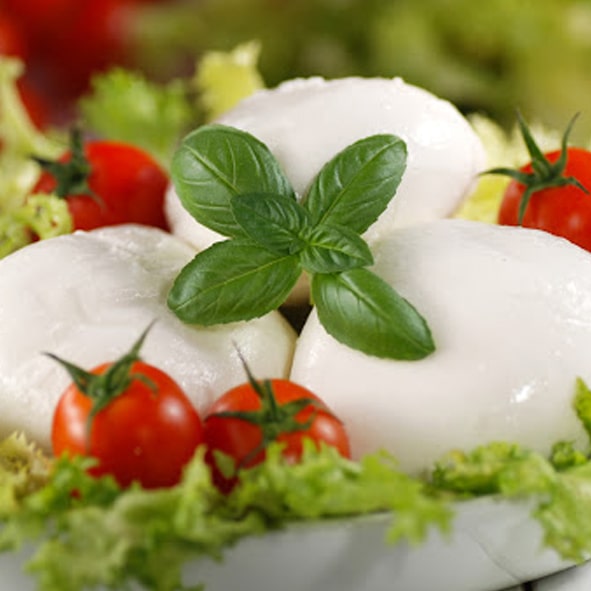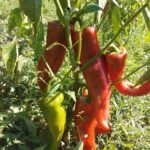Atina Cabernet Doc
/0 Comments/in Product history, Uncategorized/by Admin Cabernet di Atina is a niche doc wine. The D.O.C., denomination of controlled origin “Atina” is reserved only for wines that meet the conditions and requirements established by the production disciplinary of the D.D. 26 / April / 1999.
Cabernet di Atina is a niche doc wine. The D.O.C., denomination of controlled origin “Atina” is reserved only for wines that meet the conditions and requirements established by the production disciplinary of the D.D. 26 / April / 1999.
The production area is very limited and the producers who dedicate their passion and their time in the production of this treasure of the earth are few, the final satisfaction for all of them is to obtain a unique quality product.
The “Atina Cabernet” area falls within the province of Frosinone and includes the land of the following municipalities: Atina, Gallinaro, Belmonte Castello, Picinisco, Sant’Elia Fiumerapido, Alvito, Villa Latina, San Donato Valcomino, Vicalvi, Casalattico, Casalvieri and Settefrati.
Cabernet di Atina must be obtained from grapes produced from vineyards having, within the company, an ampelographic composition of Cabernet Sauvignon and Cabernet Franc at least 85%. Up to a maximum of 15%, other non-aromatic black grape varieties recommended and / or authorized for the province of Frosinone can contribute to the production of this wine.
The maximum production allowed per hectare is 8.00 tons / hectare but the vines are unlikely to reach these levels (on average about 55-60 q / hectare). The grapes destined for the production of DOC “Atina Cabernet” wines have a minimum natural alcoholic strength by volume of 11.50%.
The strains of Cabernet per hectare of vineyard in specialized cultivation are not less than 3,400 plants / hectare, the planting distances and the training systems are those generally used in the area: espalier or against espalier and emergency irrigation is allowed.
This is the technical sheet of Atina’s Cabernet:
name: Atina Cabernet;
color: more or less intense ruby red;
aroma: fruity, herbaceous, characteristic;
flavor: dry, harmonious, herbaceous;
minimum total alcoholic strength by volume: 12.00% vol .;
minimum total acidity: 5.00 g / l;
minimum net dry extract: 20.00 g / l.
The wine goes well with rather structured and full-bodied first courses based on both white and red meats and even furred game and served at a temperature of about 18 – 20 ° C.
The cultivation area is very limited and the producers who dedicate their passion and their time in creating this treasure of the earth are few, the final satisfaction for all of them is to obtain a unique quality product.
The maximum production allowed is 8.00 tons / hectare but it is difficult for the vines to reach these levels. The wine goes well with rather structured and full-bodied first courses based on both white and red meats and even furred game and is served at a temperature of about 18 – 20 ° C.
Color: more or less intense ruby red; aroma: fruity, herbaceous, characteristic; flavor: dry, harmonious, herbaceous; minimum total alcoholic strength by volume: 12.00% vol .; minimum total acidity: 5.00 g / l; minimum net dry extract: 20.00 g / l.
Vedi disciplinare
[siteorigin_widget class=”SiteOrigin_Widget_Headline_Widget”][/siteorigin_widget]
[siteorigin_widget class=”SiteOrigin_Widget_Image_Widget”][/siteorigin_widget]






Leave a Reply
Want to join the discussion?Feel free to contribute!